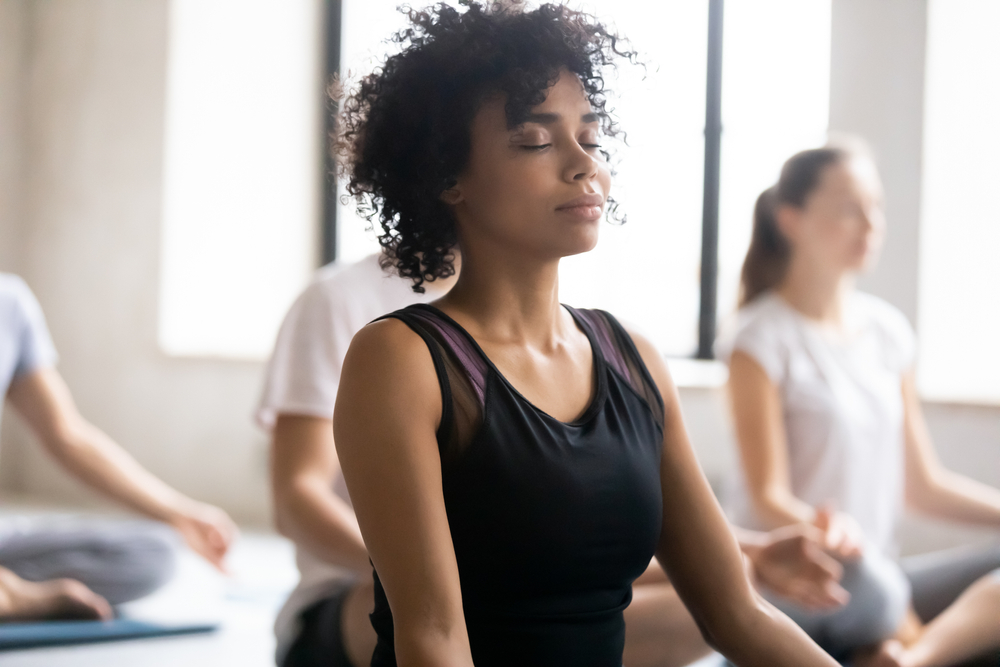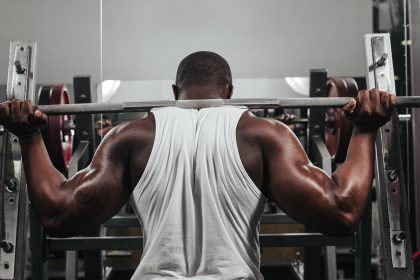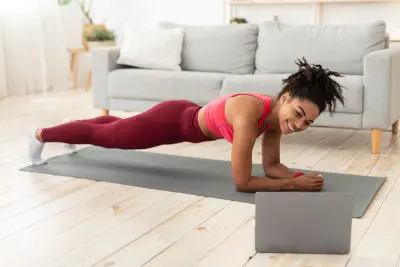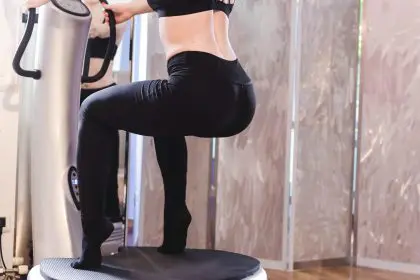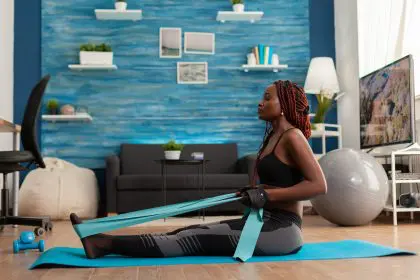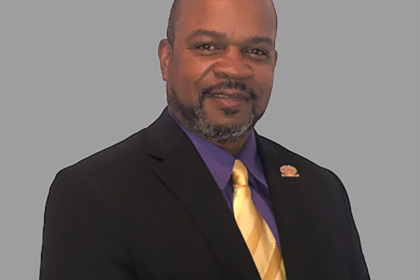The journey into yoga often begins with grand visions of advanced poses and complex sequences. However, experienced instructor Ashley Rideaux emphasizes a crucial truth: mastering fundamental poses creates the cornerstone of a strong, sustainable practice. This comprehensive approach to beginning yoga focuses on building strength, developing flexibility, and fostering body awareness through essential postures.
Understanding the basics
For newcomers to yoga, standing poses serve as the primary building blocks of practice. These foundational positions engage major muscle groups while teaching practitioners to navigate their bodies in space. Unlike gym workouts with mirrors, yoga often requires developing a deeper sense of physical awareness without visual feedback, making proper form and alignment crucial from the start.
The power of props
Many beginners mistakenly view props as crutches for those with limited mobility. However, props serve as valuable tools for practitioners at all levels, helping create proper alignment and prevent injury. These accessories can also introduce additional challenges, making poses more effective and accessible while building toward advanced variations.
The learning journey
Approaching yoga requires patience and persistence, similar to learning a new language. Progress comes gradually through consistent practice rather than overnight mastery. This mindset helps beginners avoid frustration and injury while developing a strong foundation for more advanced poses.
Mountain pose mastery
The journey begins with Mountain Pose (Tadasana), a seemingly simple but crucial position that builds full-body strength. This pose strengthens multiple muscle groups simultaneously, including ankles, feet, thighs, calves, abdominals, and spine. Proper alignment here creates the foundation for all standing poses.
The inverted V
Downward Dog represents a fundamental pose that connects various sequences while offering multiple benefits. This position strengthens the upper body and core while providing an effective hamstring and calf stretch. Regular practice of this pose improves overall body awareness and builds upper body strength naturally.
Warrior strength
Warrior II stands as a powerful pose that develops leg strength while opening hip flexors. This position challenges balance, builds endurance, and creates a strong sense of grounding. The pose teaches proper alignment principles that carry through to more advanced standing positions.
Balance and focus
Tree Pose introduces beginners to the art of balance while strengthening the legs and opening the hips. This pose teaches mental focus and physical stability, essential skills for advancing in yoga practice. The position allows for modifications to accommodate different flexibility levels and balance abilities.
Triangle transformation
Triangle Pose combines strength building with flexibility development, making it an essential part of any beginner’s practice. This pose teaches proper hip hinging while strengthening the legs and core, creating length in the spine and opening the chest.
Lunging forward
The High Lunge position builds leg strength while improving hip flexibility, crucial for modern lifestyles dominated by sitting. This pose teaches proper weight distribution and builds core strength while preparing practitioners for more advanced standing poses.
Bridge building
Bridge Pose serves as an essential backbend that counteracts the effects of prolonged sitting. This position strengthens the posterior chain while opening the chest and shoulders, improving posture and spinal mobility.
Finding rest
Child’s Pose provides necessary rest while teaching proper breathing and relaxation techniques. This position allows beginners to focus on breath work while gently stretching the back and shoulders, making it an essential recovery pose between more challenging positions.
Spinal health
The Seated Spinal Twist introduces beginners to proper twisting mechanics while improving spinal mobility. This pose teaches proper breathing techniques during twists while gently stretching the back and shoulders.
Final relaxation
Corpse Pose, though appearing simple, teaches the crucial skill of conscious relaxation. This position allows practitioners to integrate their practice while developing mindfulness and body awareness, essential components of yoga beyond physical postures.
Building consistency
Success in yoga comes through regular practice rather than sporadic intense sessions. Beginners should focus on maintaining proper form in these fundamental poses before advancing to more complex positions. This approach builds strength, flexibility, and confidence while reducing the risk of injury.
The journey into yoga practice requires patience, dedication, and proper guidance. By mastering these essential poses, beginners create a strong foundation for advancement while developing body awareness and proper alignment principles. Remember that each practitioner’s journey is unique, and progress comes through consistent, mindful practice rather than rushing toward advanced poses.

